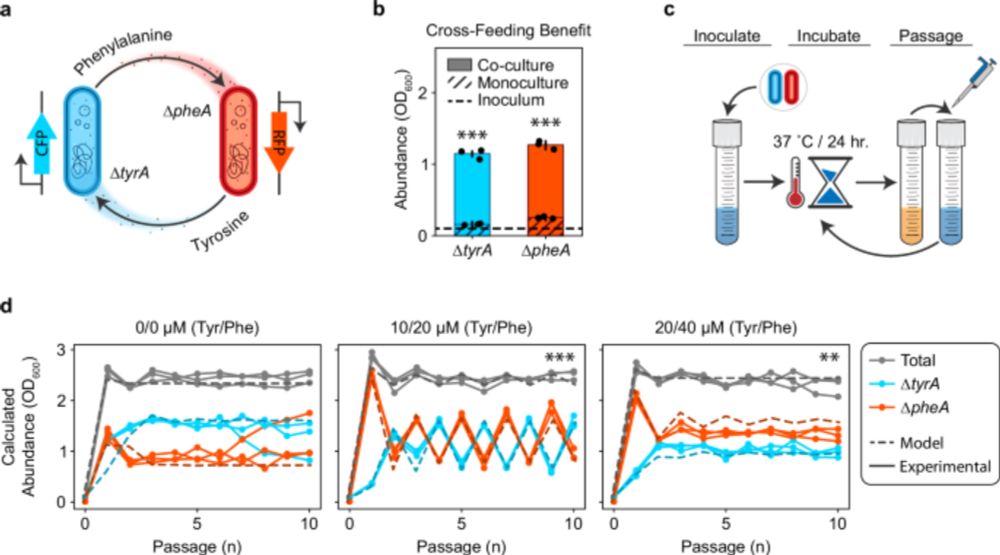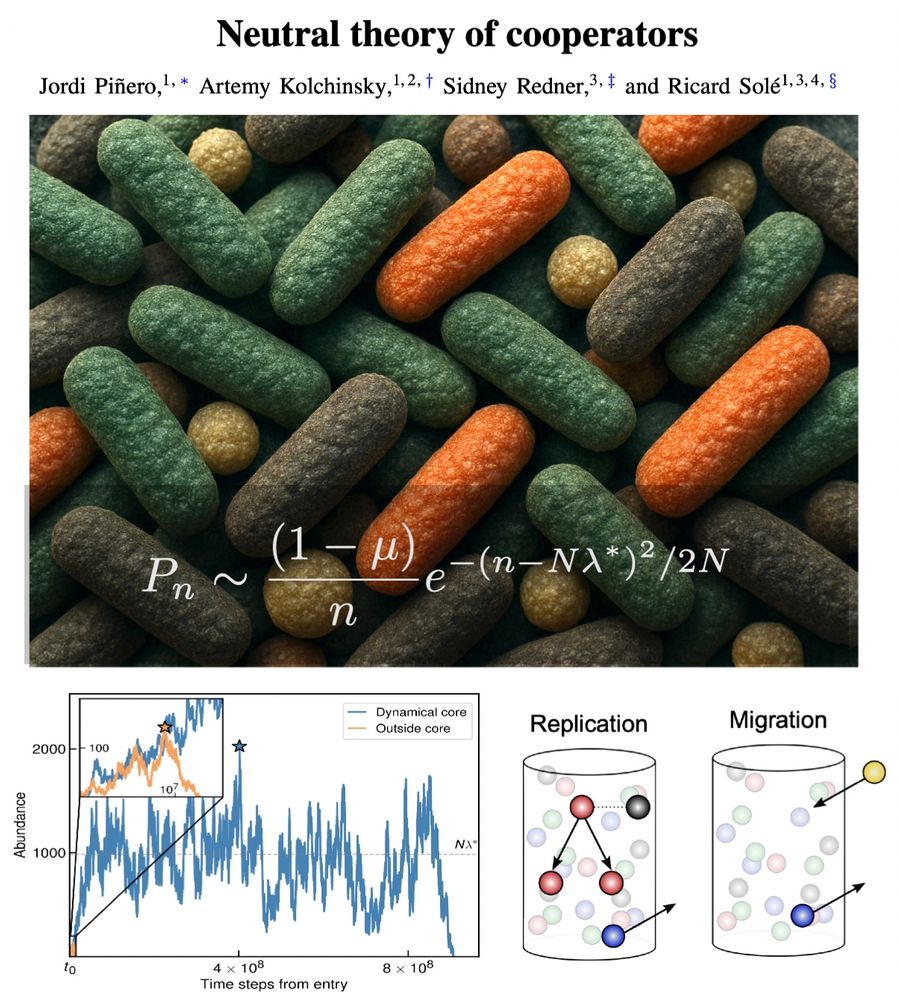Jake Barber
@jakenbarber.bsky.social
310 followers
170 following
15 posts
Evolutionary Biologist
Postdoc with Alejandro Couce @ UPM, Spain
Using Experimental Evolution to look at mutational biases in bacteria!
Formerly of Mike McDonald @ http://mcdonald-lab.com
Research Gate Profile: https://t.co/xhw63knBCj
Posts
Media
Videos
Starter Packs
Pinned
Reposted by Jake Barber
Reposted by Jake Barber
Reposted by Jake Barber
Reposted by Jake Barber
Reposted by Jake Barber
Reposted by Jake Barber
Reposted by Jake Barber
Reposted by Jake Barber
Reposted by Jake Barber
Reposted by Jake Barber
Reposted by Jake Barber
Reposted by Jake Barber
Reposted by Jake Barber
Reposted by Jake Barber
Reposted by Jake Barber
Sam von der Dunk
@derdunk.bsky.social
· Sep 1
Reposted by Jake Barber
Reposted by Jake Barber
Vivek Mutalik
@vivekmutalik.bsky.social
· Aug 31

Coevolutionary phage training expands phage host range: Driven by tail fiber mutations in Pseudomonas aeruginosa lytic phage?
The rise of antibiotic-resistant bacteria, particularly multidrug-resistant Pseudomonas aeruginosa (P. aeruginosa), represents a critical challenge to…
www.sciencedirect.com














